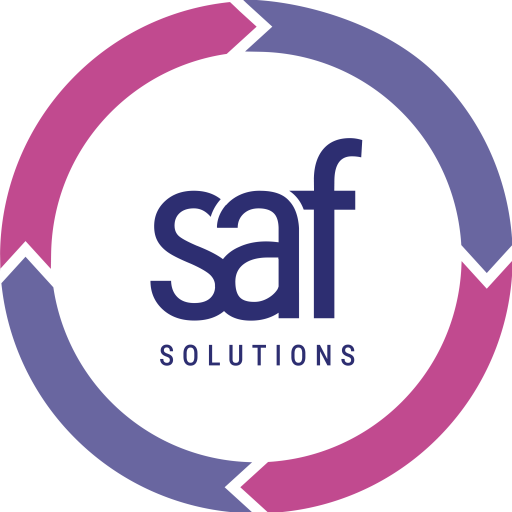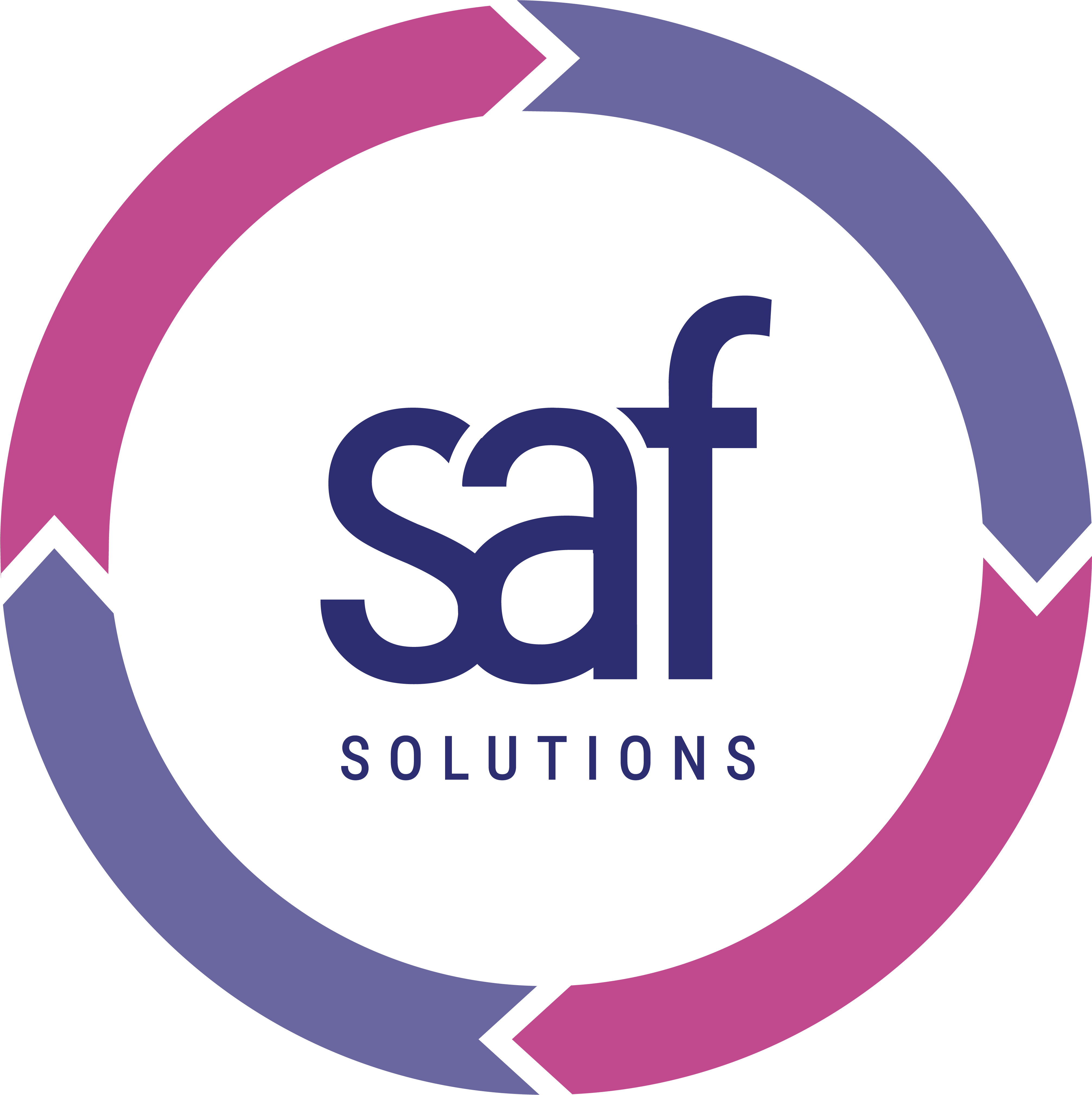Understanding how leases affect your financial reporting is more important than ever. With the introduction of IFRS 16, many organisations have had to rethink how they manage, finance, and disclose their leased assets.
This international accounting standard operates in a different manner from previous ones in its field, so understanding the knock-on effects it can have on your business’ funding strategy and operations is vital.
A Brief Overview of IFRS 16
IFRS 16 is an international accounting standard introduced by the International Accounting Standards Board (IASB). It sets out the principles for recognising, measuring and disclosing leases, replacing the previous standard, IAS 17.
Under IFRS 16, most leases are now treated in a similar way to owned assets, meaning they must appear on the balance sheet.
In simple terms, IFRS 16 requires businesses to report their lease liabilities alongside the assets they are using. This applies to a broad range of industries and lease types, from vehicles and equipment to property and modular buildings.
The goal behind this change is to provide greater transparency, giving a more accurate picture of an organisation’s financial obligations and the resources it controls.
How IFRS 16 Changed Lease Accounting
Previously, lease classification fell into two categories: finance leases and operating leases. Only finance leases were recorded on the balance sheet, while operating leases were typically hidden off the books.
IFRS 16 eliminated this split for lessees. Now, all leases longer than 12 months or of significant value must be included in financial statements. This change has led to a clearer view of liabilities but has also added complexity to financial reporting.
Organisations must now recognise a right-of-use asset and a corresponding lease liability, calculated as the present value of future lease payments.
These adjustments mean accountants and finance teams have to become more involved in reviewing contract terms, assessing lease durations, and staying on top of updates throughout the lease’s lifecycle.
IFRS 16 and Business Financing
Finance teams and decision-makers have had to adapt their approach since the standard came into effect. Leasing remains a flexible way to acquire assets, but now it comes with a different reporting requirement.
Lenders, investors and auditors all have greater visibility of lease obligations, which can affect lending decisions and covenants.
This is particularly relevant for companies exploring asset finance options. By working with providers that understand IFRS 16 lease accounting rules, businesses can ensure their funding and strategies align with their reporting obligations.
Choosing the right finance product can support growth while maintaining healthy financial statements. For example, structured approaches like Pay Per Use solutions allow companies to match payments to asset usage, supporting better cost control.
The Impact on Balance Sheets and Cash Flow
IFRS 16’s impact on businesses is seen in the balance sheet. Assets and liabilities rise, which in turn affects ratios such as return on capital employed and debt-to-equity. For organisations that lease large amounts of equipment or property, these changes can be significant.
Cash flow reporting is also affected. Lease payments used to be treated as operating expenses. Now, they are split between interest and capital repayments, which impacts both operating and financing cash flows. Businesses must be prepared to explain these shifts clearly in their financial statements and to stakeholders.
IFRS 16 Compliance for Public and Private Sectors
Both public and private sector organisations are required to comply with IFRS 16, but the journey to compliance can look quite different depending on the structure and resources available.
In the public sector, finance teams often manage large property portfolios or long-term contracts that now fall under the scope of IFRS 16. These teams must ensure their reporting processes reflect the correct asset values and payment schedules.
Private businesses, particularly those in fast-moving sectors like modular construction, may face added pressure to stay agile while maintaining compliance. In these cases, support from experienced finance partners can help simplify lease structuring, making it easier to maintain accurate records and avoid misstatements.
Financing Assets Under IFRS 16
Understanding how to account for leases under IFRS 16 is only part of the picture. The other half involves choosing the right finance model. With the standard in place, some businesses are now opting for funding approaches that offer flexibility and clarity, without creating unnecessary administrative burden.
Options such as operating within a managed service framework or working with finance providers who can tailor payment terms to specific usage patterns are becoming more common. These funding models support transparency while maintaining financial agility.
How can SAF Solutions support companies through IFRS 16?
The team at SAF Solutions have been working hard to navigate the complexities of IFRS 16 and are now able to fully support all companies through any leasing or financing problem they may face.
Here at SAF, we fully understand the difficulties that not only the implementation of IFRS 16 presents but also the lack of capital now available to the public sector as a consequence to this accounting change.
Through SAF Solutions, we are able to provide alternative revenue solutions that keep the much-needed new plant and equipment “off balance sheet” with a flexible payment plan that will not incur significant upfront cash investment.
If you’re reviewing your current leases or planning for future investment, it’s worth exploring how bespoke funding solutions can align with IFRS 16 and your wider financial goals.







